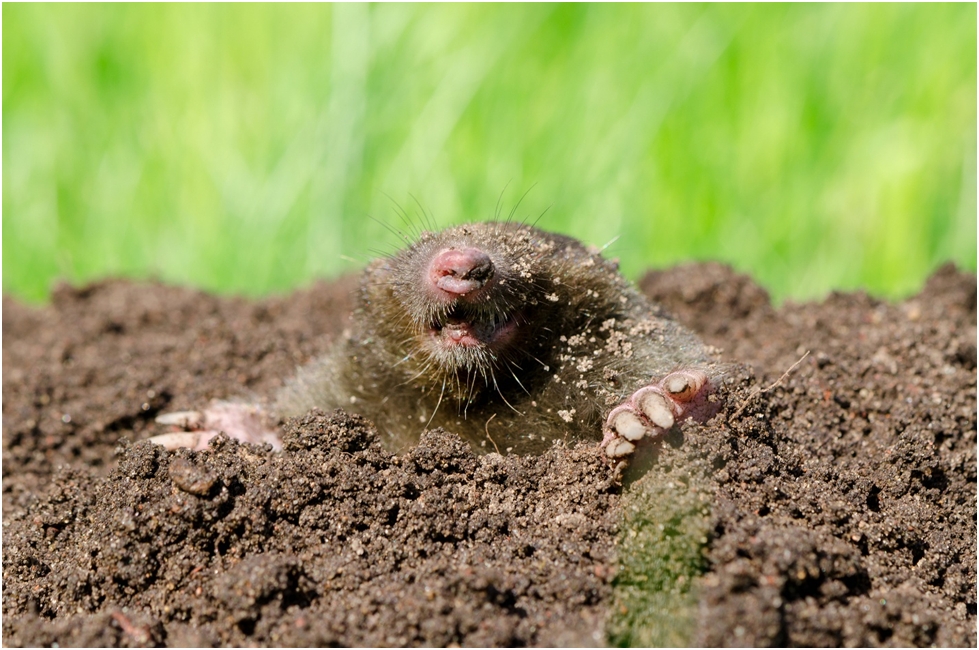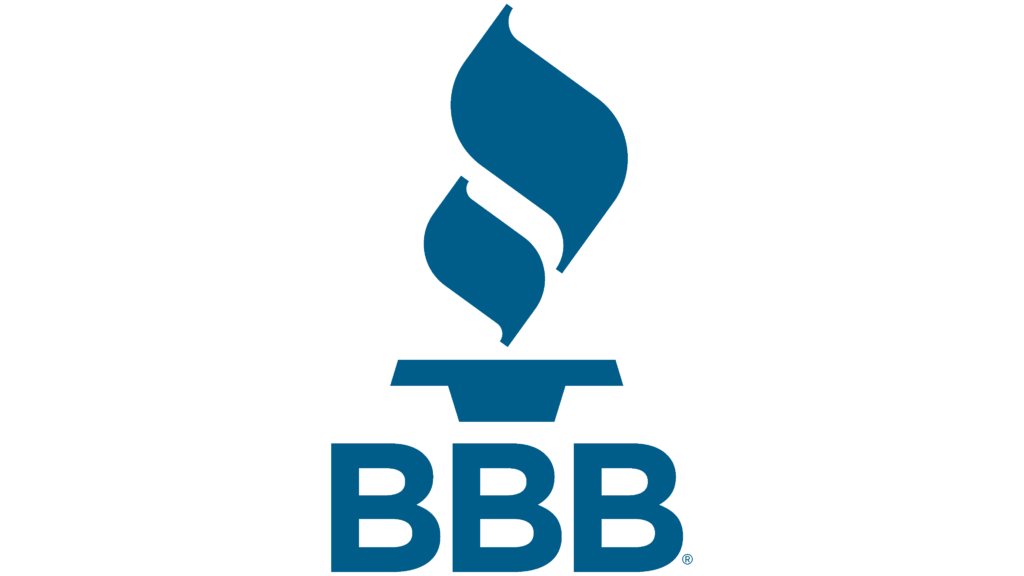Don't Overpay for Pest Control - How to get rid moles in the yard

Moles - Types, Facts, and How to Identify | Mole Removal
Our Galveston Wildlife Control Experts provides complete mole removal in Galveston animal removal of bats, birds, bees, raccoons, squirrels, armadillos, mice and rats in Galveston, TX.! We handle Mole Removal in Galveston throughout Galveston County. Texas Top 5 Pest Exterminators near Galveston including Tyler, Midland, Dallas, Austin, Galveston, Corpus Christi, Houston, and the surrounding areas. We provide expert wildlife and animal control services for a wide range of animals throughout the Greater 77550, 77554, 77551 Galveston County Texas areas
Why Do I Have a Mole Problem?
Moles are attracted to areas with soft, moist soil that are rich in earthworms and other invertebrates, which make up the main part of their diet. They may also feed on nuts, grubs, and various insects found in gardens or landscaped areas. If your yard provides these food sources and has easily-diggable soil, it’s likely to attract moles searching for their next meal.
What Kind of Threat Do Moles Pose?
While moles do not pose a direct threat to your family or pets, they can cause significant damage to your lawn and landscaping. As they tunnel through the ground, they create networks that destabilize the soil, making the surface bumpy and spongy underfoot. Their burrowing leaves small mounds of soil and can disrupt the roots of grass and other plants, which may result in yellowing or dying vegetation. Over time, these tunnels and mounds can lead to costly repairs and negatively impact on the overall appearance of your property.
We Provide Wildlife Services for These Animals Across the Greater Texas Gulf Coast
Galveston Wildlife Control: Raccoon, Bat & Squirrel Removal
We’re dedicated to helping our friends, neighbors, and customers resolve their wildlife challenges and keep their homes safe and secure. If you’re dealing with unwanted animals in your home or yard, don’t hesitate to reach out to us! Certified Wildlife Professional Humane Certified Specialist
Dealing with Moles in Your Yard?
Mole Pest Control Service in Galveston County. Animal Control-Wildlife, Inc. Before we dive into solutions, let’s take a closer look at what moles are. Moles are small, subterranean mammals best known for tunneling through lawns and gardens. Although they’re often confused with rodents due to their size and gray fur, moles are not rodents and differ in several keyways.
Moles vs. Rodents – What’s the Difference?
- Rodents: Herbivores, capable of having multiple litters per year, possess sharp incisor teeth for gnawing, and often live in social groups.
- Moles: Carnivores, usually have just one litter annually, have sharp pointed teeth for eating insects, and are solitary once offspring mature.
Mole Characteristics
- Diet: Moles eat mostly earthworms (about 80% of their diet), which are rich in protein and supply the energy needed for their constant digging. The rest of their diet includes grubs, ants, centipedes, and other insects.
- Physical features: Long claws and strong forepaws allow them to dig rapidly—one mole can create more than 75 feet of tunnel in a single day! Moles also have sharp teeth for insect-eating, and their eyes are covered by skin and fur since vision isn’t important underground.
Common Mole Species (and One Imposter!)
- Eastern mole: The most widespread species in North America.
- Star-nosed mole: Found mainly in northeastern regions.
- Note: Shrews are sometimes mistaken for moles but are a different kind of animal entirely.
Inspecting Yard for Moles
If you’ve spotted raised, squishy tunnels under the grass or small dirt mounds, those are classic signs of mole activity. To check if a tunnel is active, carefully slice into the turf and look for a clean opening on both sides beneath the raised surface. From trapping and baiting to exclusion techniques, these services ensure your yard is restored to its pristine condition.
FAQs and Common Misconceptions
- Should I apply grub killer pesticides if I have moles? Not necessarily. Moles primarily eat earthworms, not grubs, so grub-only treatments are usually ineffective.
- Do moles hibernate? No, moles stay active year-round, following earthworm movement as the soil freezes and thaws.
- Will home remedies (gum, hair, glass, urine, mothballs) get rid of moles? No, these methods haven’t been proven effective and are not recommended.
- Do smoke bombs or poisons work? Poisons can kill moles but results are unreliable. The most consistently effective method is trapping—though it can be time-consuming, it works if you stay diligent.
- Do moles eat plant roots? No, moles do not feed on roots. However, their digging can damage roots, interrupting the flow of nutrients and water to your grass and plants.
Need Help With Moles in Your Yard? We’ve Got You Covered
Moles frequently reside beneath porches and patios, creating a network of underground tunnels that raise dirt mounds on lawns or landscaping. Their feeding habits mainly involve earthworms and grubs. Our Privacy Statement discloses the privacy practices for all products and services owned by Animal Control-Wildlife Inc.
Upon discovering mole activity, it’s crucial to act swiftly. Mole tunneling can rapidly wreak havoc on lawns, disrupting root systems, creating soft, unstable ground, and destroying costly landscaping in a short span of time. In Texas, the Eastern Mole is the most prevalent species.
Successful mole management often involves professional trapping and relocation, as trapping is typically the most effective solution. Our experienced team specializes in safe mole removal and doesn’t rely on rodenticides, which are ineffective against moles and can endanger your yard.
AREAS WE SERVE IN GALVESTON COUNTY
Galveston County, Texas, is home to a diverse range of cities and communities, many of which embrace the county’s scenic coastal setting along the Gulf of Mexico. Major cities in the area include Galveston, League City (which is partially in Harris County), Texas City, Dickinson, Friendswood (also partially in Harris County), La Marque, Santa Fe, Hitchcock, Clear Lake Shores, Kemah, Jamaica Beach, Bayou Vista, and Tiki Island. In addition to these cities, some areas such as Bayou Vista and Jamaica Beach hold the designation of town, while Tiki Island is classified as a village.
Beyond the incorporated cities and towns, Galveston County also features a number of unincorporated communities and census-designated places that add to its unique coastal charm. Among these are San Leon, Bacliff, and the Bolivar Peninsula, which includes Crystal Beach, Port Bolivar, Gilchrist, and High Island. Smaller communities such as Algoa, Arcadia, Bayview, and Caplen are also part of the county’s landscape. This blend of vibrant cities, peaceful towns, and relaxed coastal enclaves makes Galveston County a varied and dynamic place to call home. If you’d like more information about any specific community, feel free to ask! Because correct mole control is a very complex process, it’s best to contact Texas pest control professionals when it comes to dealing with a mole problem.
Free Consultation
* Indicates required questions

Click here to leave us a review on Google.


